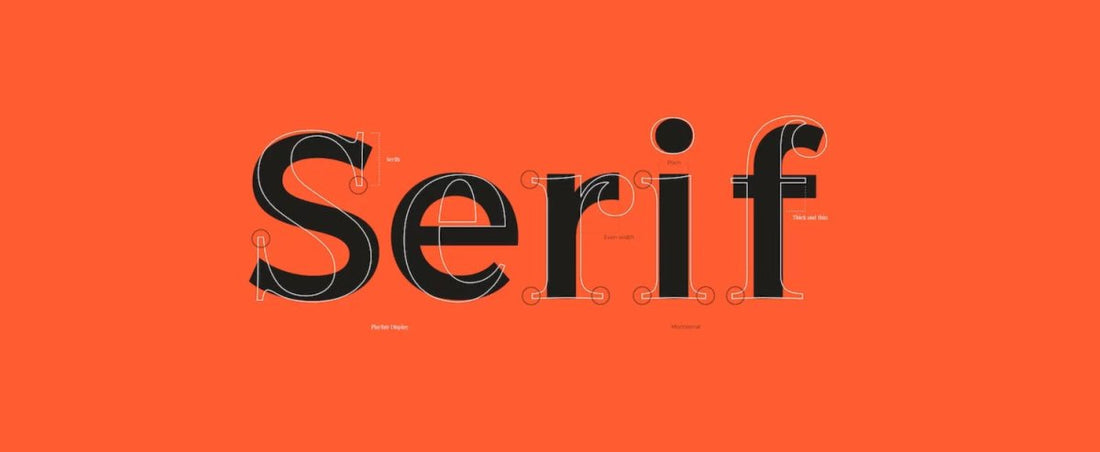
Serif vs. Sans-serif fonts, What’s the difference and why should I care?
adminShare
(img src: https://www.canva.com/learn/serif-vs-sans-serif-fonts/)
Graphic designers have numerous typefaces to choose from. But the first step is to choose between steps that have serifs and fonts which don’t.
Keep reading to explore how this choice can impact your designing style.
What are serifs?
The small lines attached to alphabets are known as serifs. They probably originated when scribes using quills or brushes left small marks as they finished each stroke.
This evolved into intentionally adding smaller stokes in more artful, regular ways. And those decorative strokes then became an expected part of the alphabets.
What are Sans Serifs?
Sans Serifs are those fonts that don’t have any formal or extra strokes. Sans serifs are mostly considered to be modern typefaces. In the early 20th century, Futura was the first popular sans serif fond and was soon followed by other fonts like Helvetica.
Sans serifs were considered to be grotesque typefaces when they first appeared. But when modernist designers started embracing sans serifs, they became associated with commerce, elegant design, and the modern’s attempt to break away from the past.
Why should you care?
Serif fonts look professional, authoritative, and suggest the weight of experience. Serif fonts like Times New Roman suggest the writer’s professionalism and old style.
Many reputable institutions like The New York Times have existed for over a century, and they still use this font. Serifs area way for them to preserve their tradition.
Serifs have a more institutional and clinical look to them. Most designers today use serifs to evoke earlier eras.
For instance, when designing a book that features a story set during World War II, the designer is likely to use serif fonts for giving readers the feeling that they are in a world that existed before the modern times.
Serifs are not just aesthetic; they also have a functional value as body copy. At smaller scales, serifs often lend a bit more legibility.
Serifs will help you distinguish letterforms when you are reading a 9.5 font in a printed book. This will help in creating a good reading flow.
Sans serifs are still associated with modern tastes. A comic book set in a cosmopolitan, fashion-oriented and contemporary Los Angeles is likely to use sans serifs.
Today even our handwriting is missing the extra strokes which were a product of quill or brush. The conventional logic is that sans serifs are for mimicking the handwriting which has more flow to it.
Sans serifs are also very helpful when there is very little room for copy. Text in apps, names on maps, and road signs tend to be in sans serif fonts.
If you are designing a website or building an app then sans serifs are usually the way to go. This is because legibility is a concern on screens that have a low resolution or are small in size.
Clearview is one of the most recognized fonts in the US. It is a sans serif and was specifically made for designing highway signs.
Drivers need to read a small amount of text from further away, and sans serif is the perfect pick for that.


